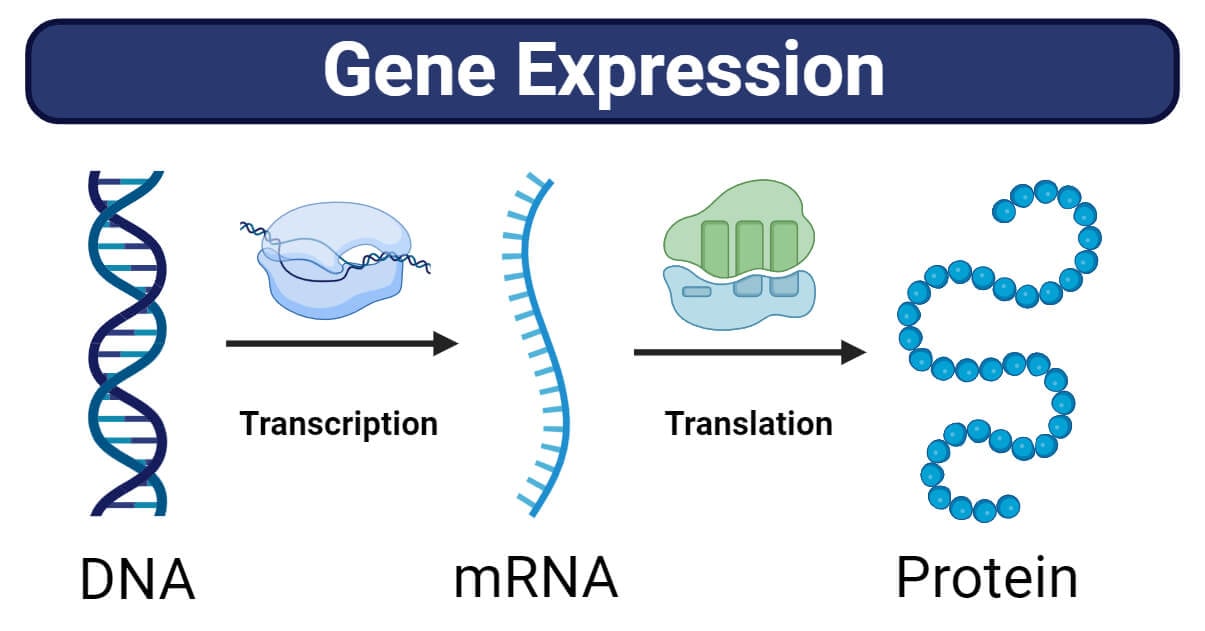

Transcriptomics and Gene expression analysis
Transcriptomics is the study of the transcriptome, which refers to the complete set of RNA molecules transcribed from the genome of a cell, tissue, or organism at a particular time under specific conditions. This includes messenger RNA (mRNA), non-coding RNA, and small RNA, which all play crucial roles in regulating gene expression and cellular functions. Transcriptomics allows researchers to investigate which genes are actively transcribed, how their expression varies in different environments, and how this affects cellular processes. Unlike genomics, which focuses on the static information encoded in the DNA, transcriptomics reveals the dynamic nature of gene expression.
Gene expression analysis is a key component of transcriptomics, focused specifically on measuring the levels of mRNA produced from individual genes. Since gene expression is a highly regulated process, analyzing mRNA levels provides insights into how genes are turned on or off in response to different stimuli, developmental stages, or disease conditions.
The level of mRNA produced reflects the activity of specific genes, serving as a proxy for understanding cellular functions and responses. Gene expression is typically quantified by measuring mRNA abundance, which can reveal whether a gene is upregulated, downregulated, or unchanged under various conditions.


Several high-throughput techniques are used in transcriptomics and gene expression analysis. One of the most widely used methods is RNA sequencing (RNA-seq), which provides a comprehensive view of the transcriptome by sequencing all RNA molecules present in a sample. RNA-seq can detect not only mRNA but also other types of RNA, such as long non-coding RNA and small RNA, offering a deeper understanding of gene regulation. Another common technique is microarray analysis, which uses pre-designed probes to detect the expression of specific genes. Although microarrays have been largely superseded by RNA-seq due to their higher resolution and broader capabilities, they remain useful in certain applications.